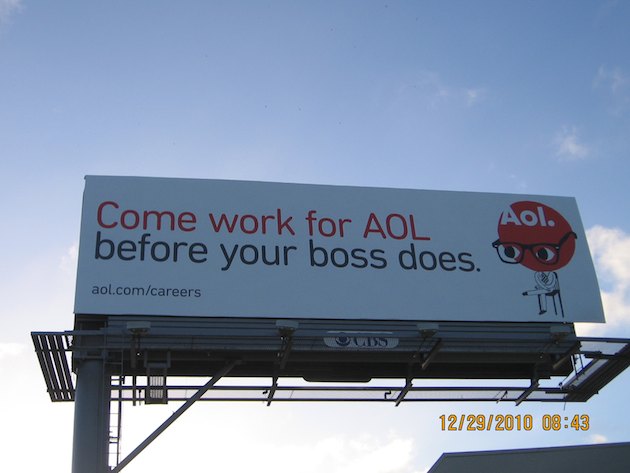 It’s been no secret that there’s been some less than ethical things going in when it comes to employment in Silicon Valley. Earlier this year, big names in the industry decided to end their agreement not to steal employees, signaling that when it comes to recruiting talent, all bets are officially off. Digital and tech companies like Google, Facebook, and Apple have been seeing their staff jump ship and resign with competitors, only to cause higher-ups to offer incentives for their employees’ loyalty.
It’s been no secret that there’s been some less than ethical things going in when it comes to employment in Silicon Valley. Earlier this year, big names in the industry decided to end their agreement not to steal employees, signaling that when it comes to recruiting talent, all bets are officially off. Digital and tech companies like Google, Facebook, and Apple have been seeing their staff jump ship and resign with competitors, only to cause higher-ups to offer incentives for their employees’ loyalty.
And company recruitment, which is both contributing to and caused by the talent wars, is escalating. AOL is jumping on the bandwagon too, with a new billboard along highway 101 near Palo Alto tempting spectators to “Come work for AOL before your boss does.” The sentiment seems to want to identify AOL as a hot new startup – something it hardly is. Its own tech site, TechCrunch, points out its failing: “If you want to go work someone in Silicon Valley before your boss does, it’s Facebook, Twitter or Zynga. The pre-IPO startups.”
Instead of a desperate attempt to compete with its younger, hipper rivals, maybe this is a sign AOL is readying itself for change. The company is hiring in the US as well as internationally, and recently bought About.me, a startup that’s been gaining positive buzz. AOL’s e-mail platform and homepage were also revamped not too long ago, and it reportedly redesigned the company’s inner structure to be more open and encourage community. How effective these alterations are or will be remains to be seen, but at least there’s evidence AOL is willing to adapt and evolve – something certain competitors should keep in mind.


